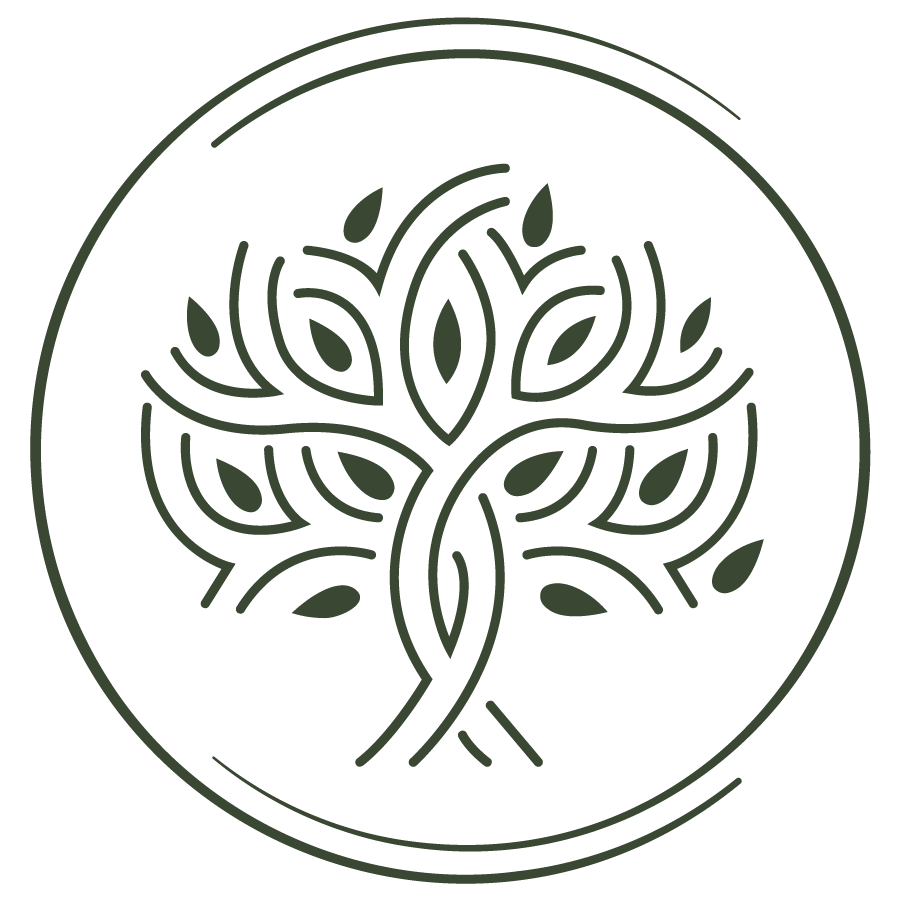AYU-OK Forum
Why and What is energy healing? Why so many people have witnessed and experienced the miracle

More Celebrities Are Using Energy Healing—But Does It Work?
This form of medicine with ancient roots is finally going mainstream. We talked to experts and dug into research to find out why it’s lasted nearly four millennia.
In the past few years, the field of energy healing has pretty much exploded—but there’s a ton of confusion around it, too. What is it, exactly? Are there credible studies on it? And isn’t it just a little bit...woo-woo?
Let’s start with the definition: Energy medicine (or biofield therapies) is the act of channeling and manipulating the energy that courses through your body in order to heal it. This can be done with hands-on practices, such as acupuncture and Reiki, as well as sensory-based experiences, like the use of crystals, sound baths, and aromatherapy.
The medical theory
Energy practitioners believe that your body is instilled with a subtle energy, or animating life force, the flow of which must be balanced for good health. In Traditional Chinese Medicine, this force is called qi (pronounced “chee”); in Ayurvedic medicine, which originated in India, it’s represented in the doshas, three energies (vata, pitta, and kapha) that provide every person’s makeup. The basis of energy medicine is removing blocks in your body’s energetic field that can cause poor health.
Energy medicine has been around for thousands of years—a description of the “laying on of hands” to relieve pain was found in an ancient Egyptian papyrus document from 1550 BC. But even with its long history, people find it hard to wrap their heads around energy medicine, says acupuncturist and Chinese medicine doctor Jill Blakeway, author of the recent book Energy Medicine: The Science and Mystery of Healing. This is not helped by the fact that this field is, as she says bluntly, “rife with quackery.” Anyone can basically call him- or herself an energy healer, says Blakeway, a funny, forthcoming Brit who works with MDs and is the opposite of woo-woo. “While practitioners of Traditional Chinese Medicine are licensed and do either a four-year masters or a five-year doctorate, there are no minimum standards for most other types of energy work.”
Gathering evidence
These days, it seems like everyone in the wellness world is heading into the mystic. But it’s not just trendy spirit warriors who have energy healers on speed dial—some of the country’s best hospitals are hiring them too. The Memorial Sloan Kettering Cancer Center and Duke University Health System employ acupuncturists, while Reiki masters are available at the Mayo Clinic’s campus in Rochester, Minnesota. UCSF Medical Center offers qigong for breast cancer survivors, and NewYork-Presbyterian provides aromatherapy for stress reduction.
Some forms of energy medicine are backed by research. Acupuncture, for example, is supported by solid studies. And a 2010 review of research in the International Journal of Behavioral Medicine found strong evidence that biofield therapies, such as Reiki and therapeutic touch, can alleviate pain, and moderate evidence that they could reduce anxiety in hospitalized patients.
The power of belief
Of course, it’s entirely possible that some of the healing benefits patients report arise from the so-called placebo effect—in which the brain convinces the body that a particular treatment will work, and then it actually does.
The placebo effect once had a negative connotation, but now scientists are discovering what a powerful mechanism it can be. Essentially, placebos trigger a relaxation response, which appears to allow the body an opportunity to self-heal. How the effect works, exactly, is still a mystery, but it may involve a burst of feel-good neurotransmitters like dopamine and endorphins, as well as amped activity in certain brain regions linked to emotional reactions.
Share
AYU-OK BLOGS












